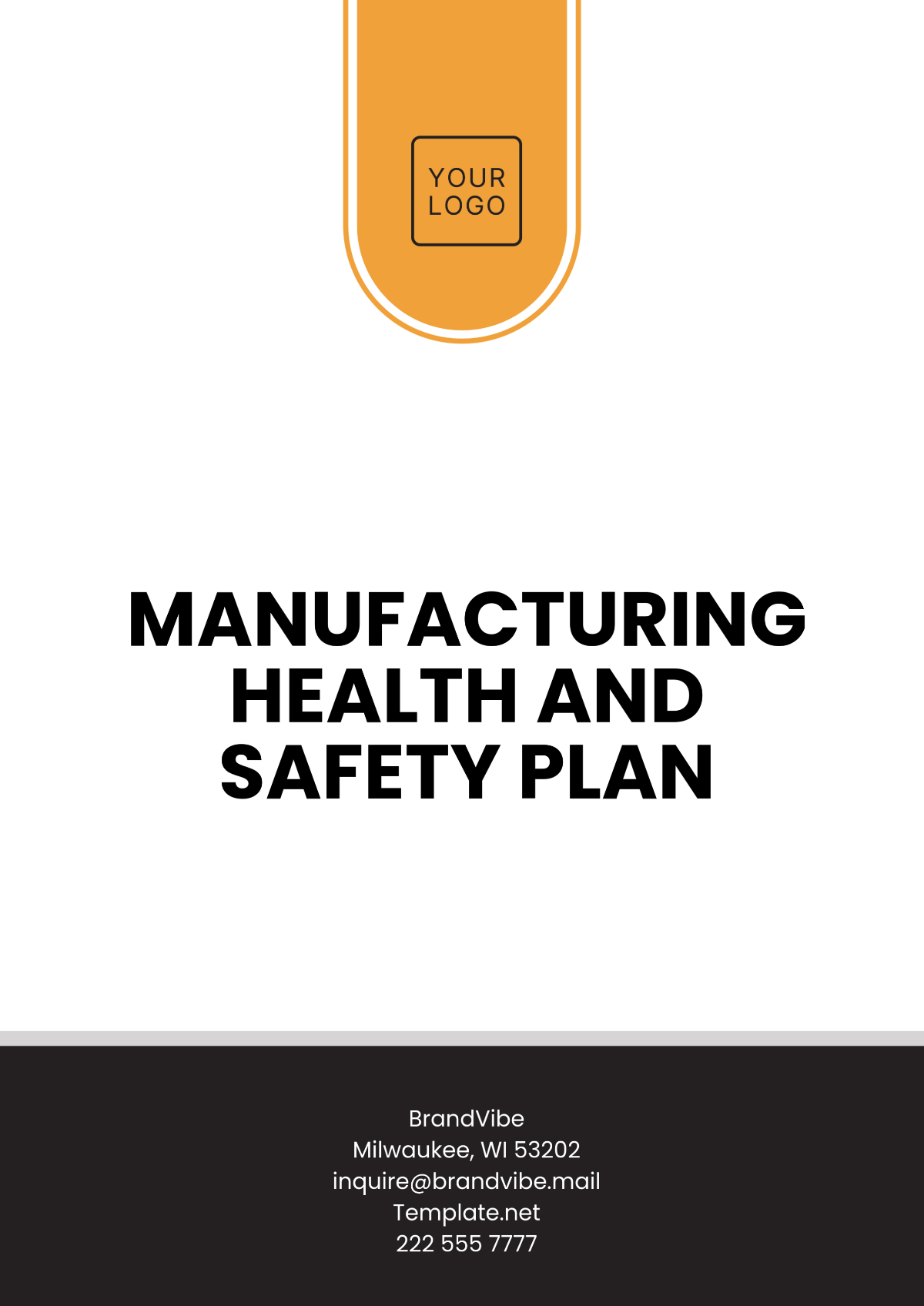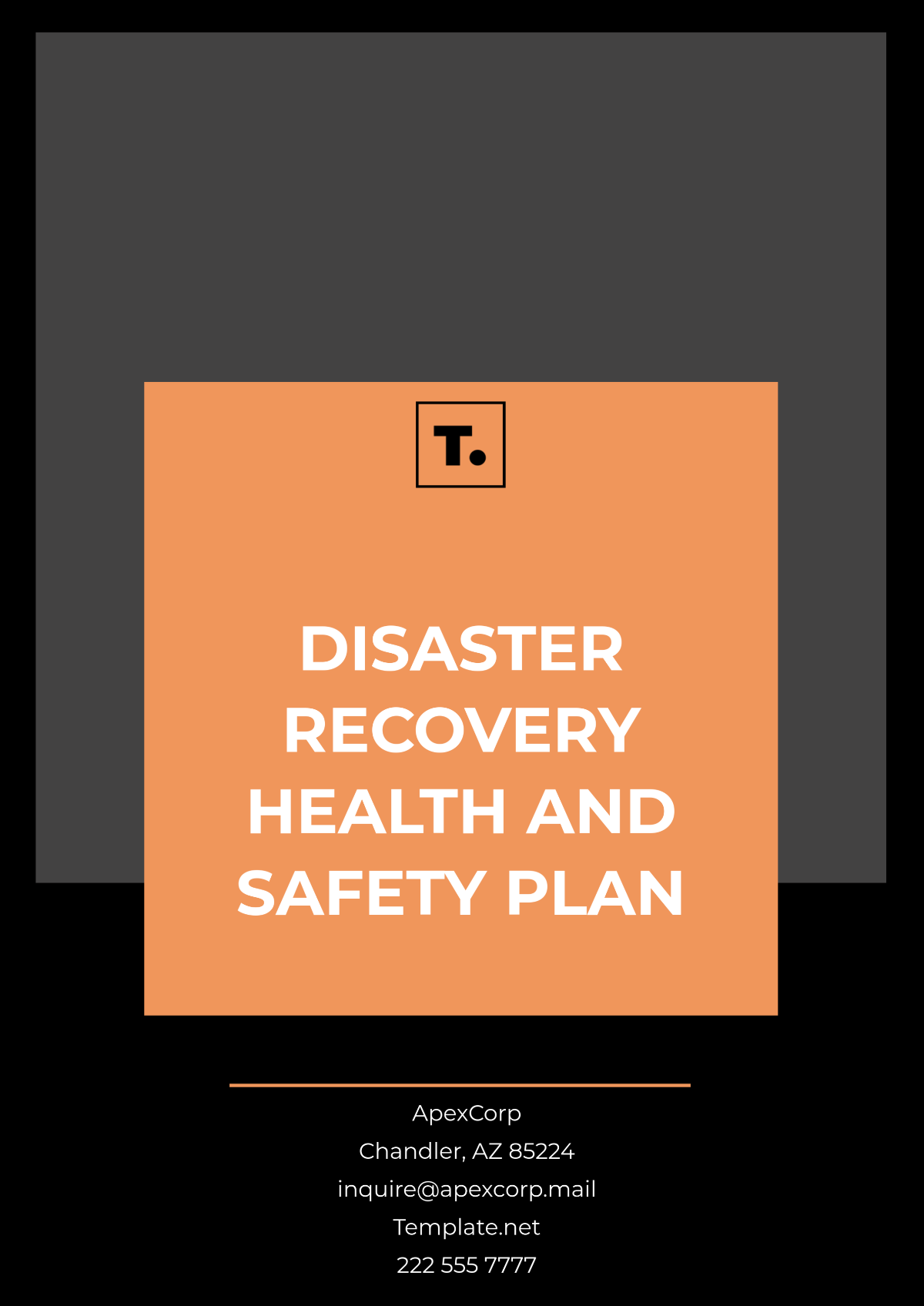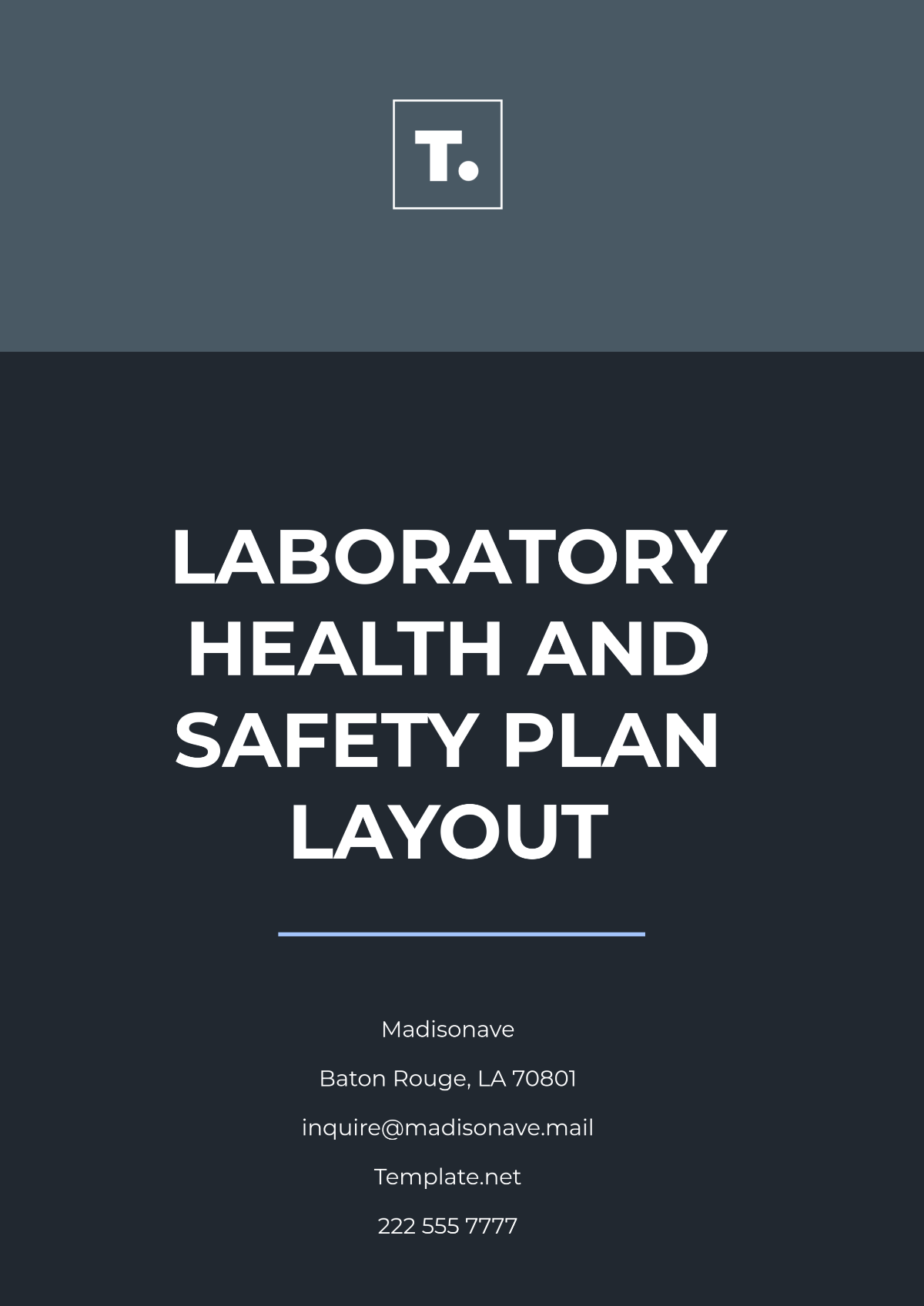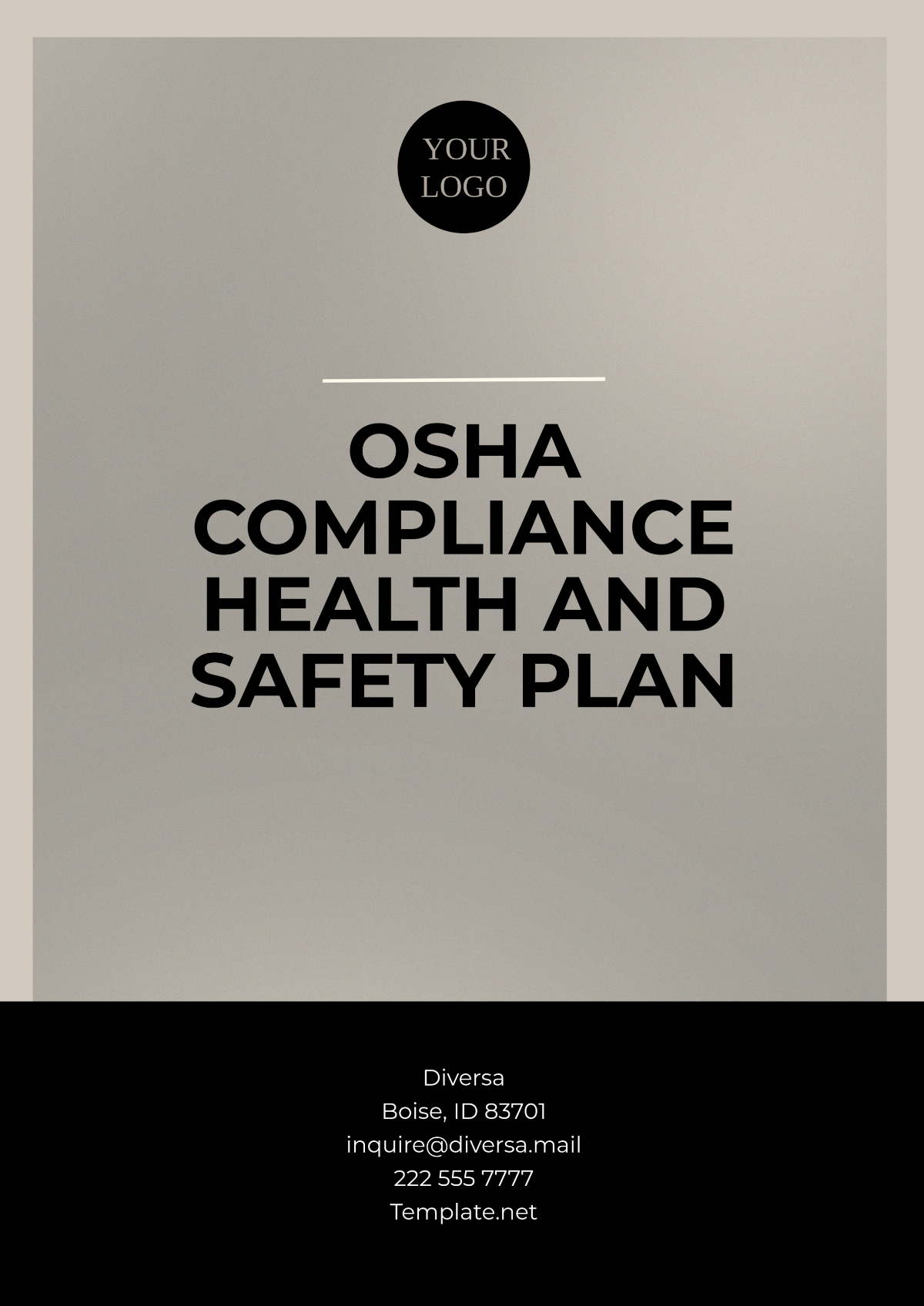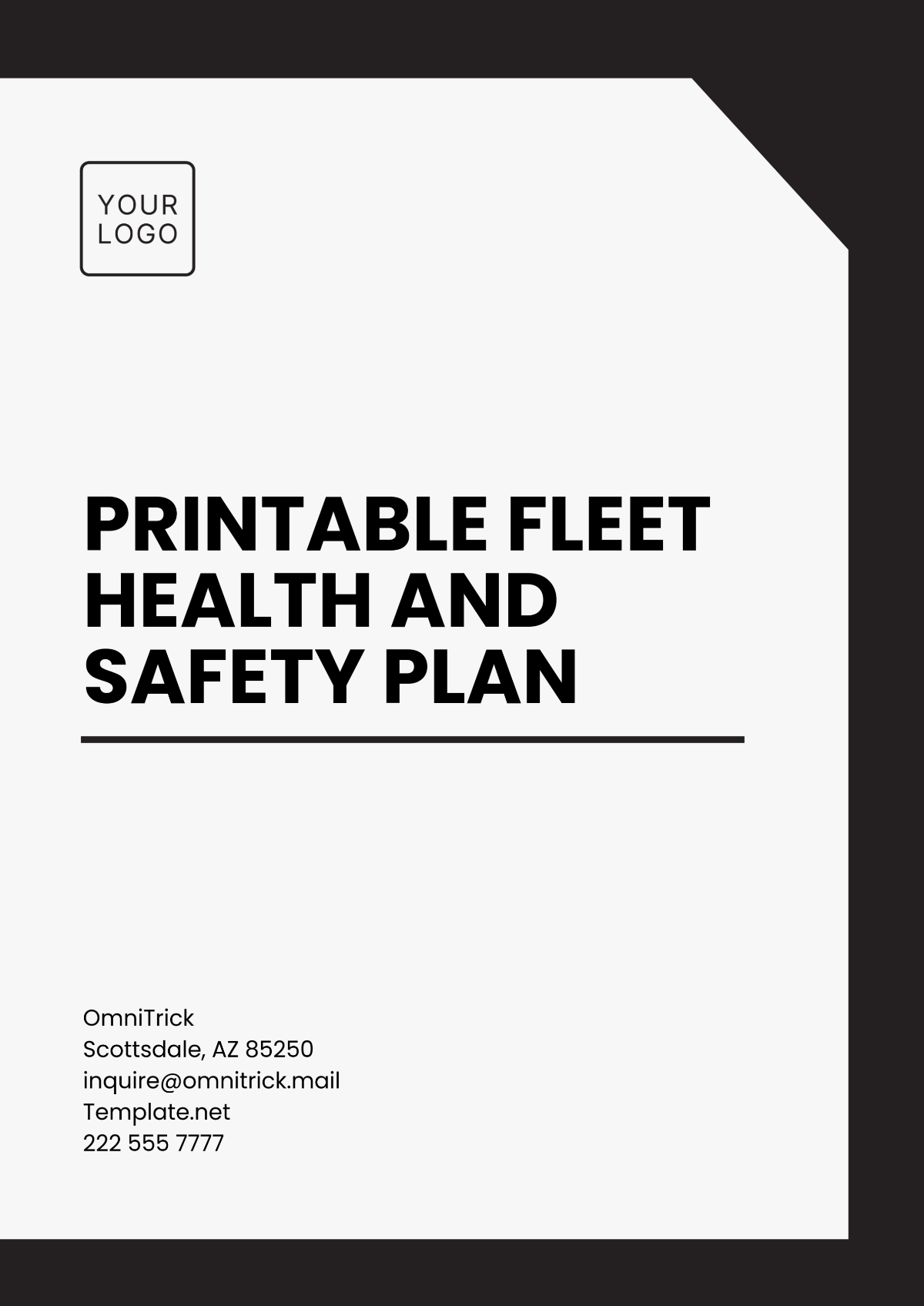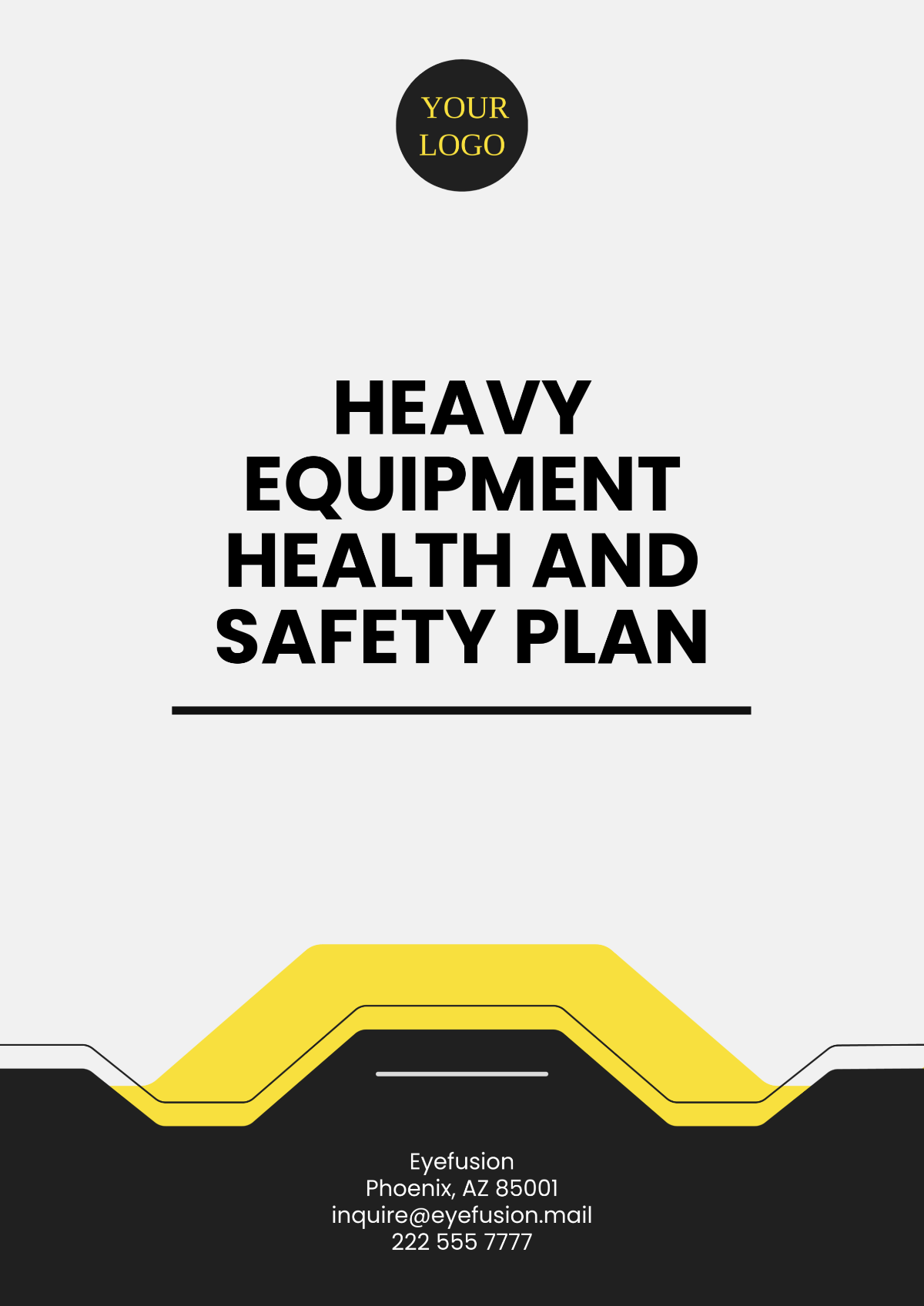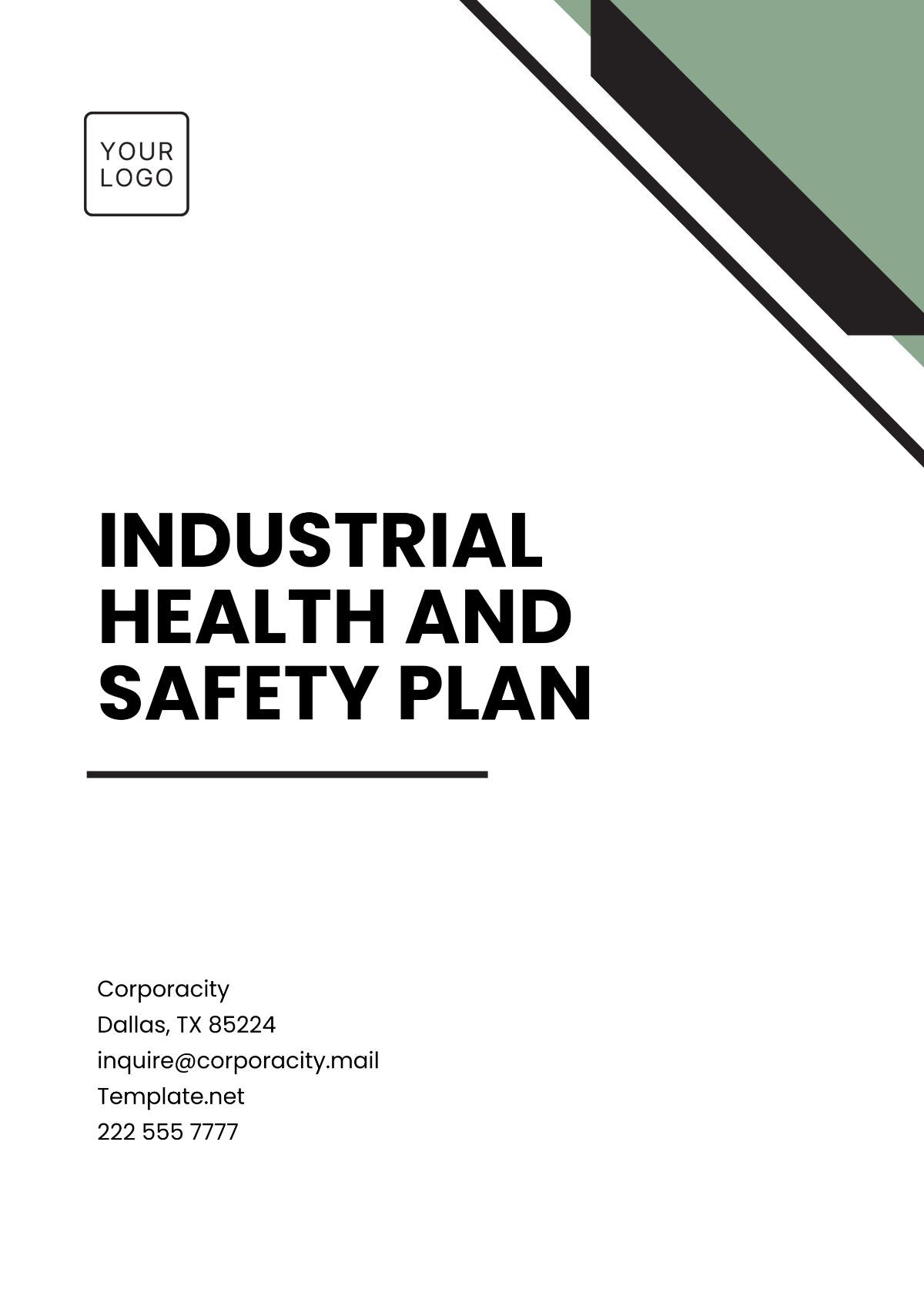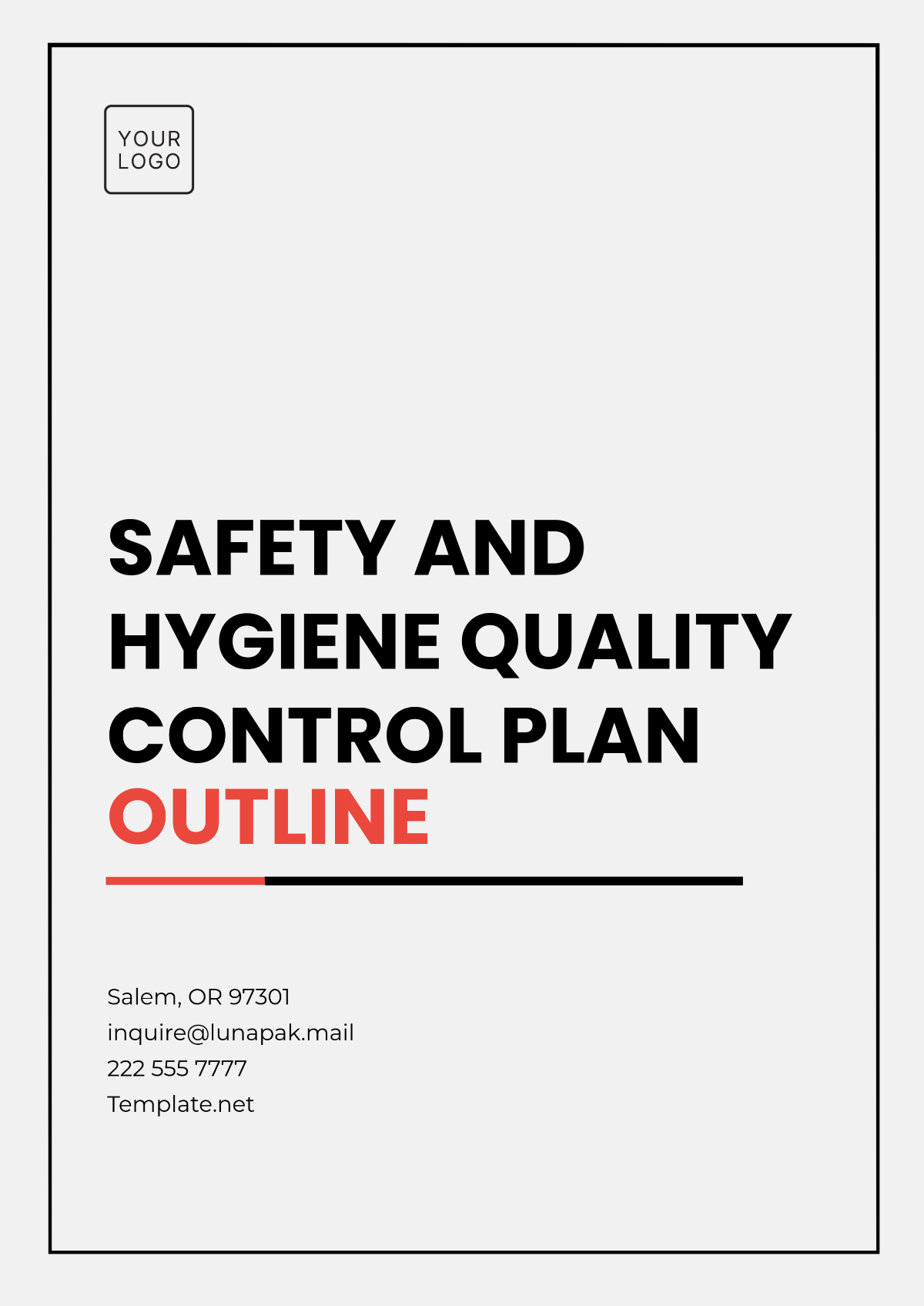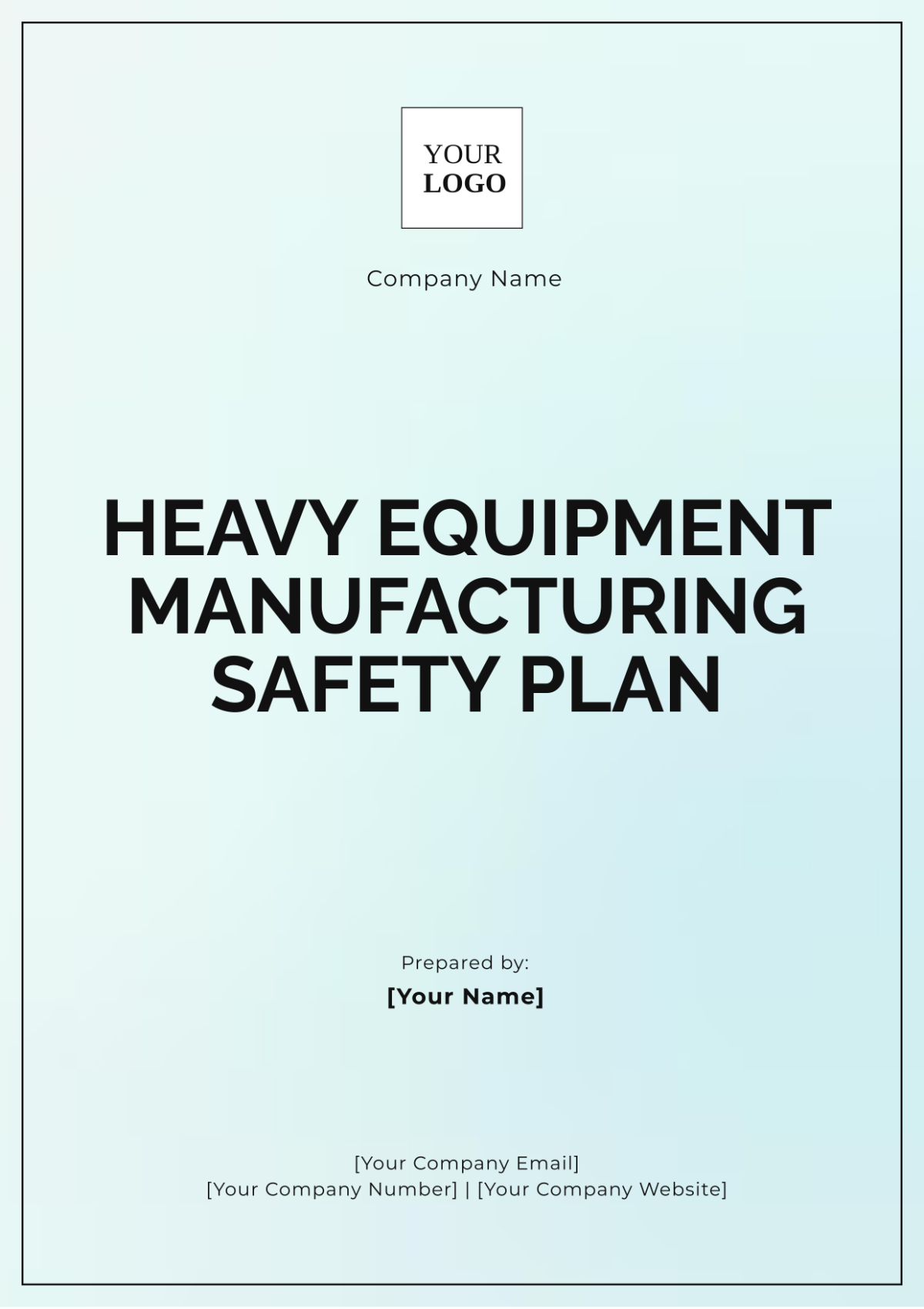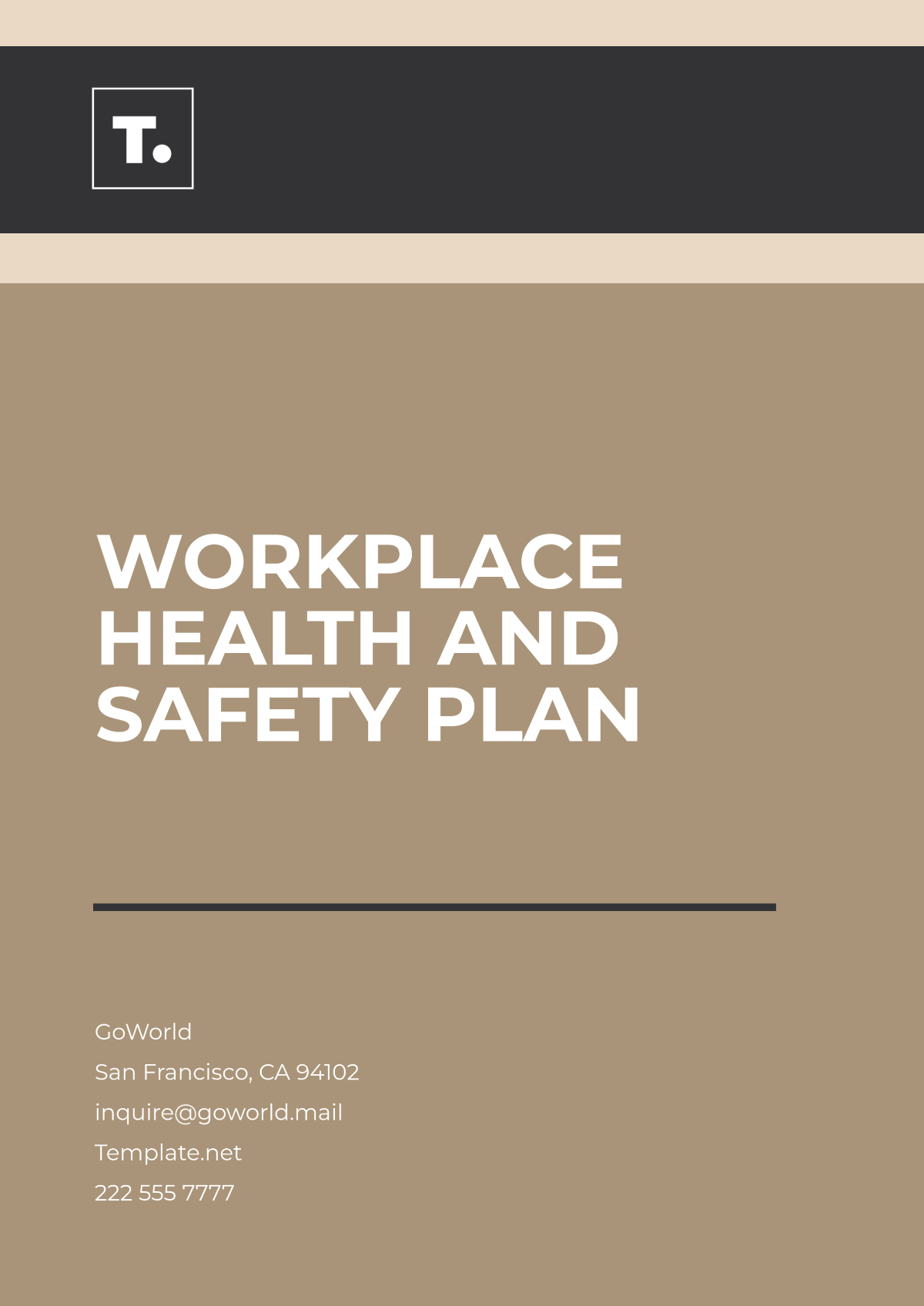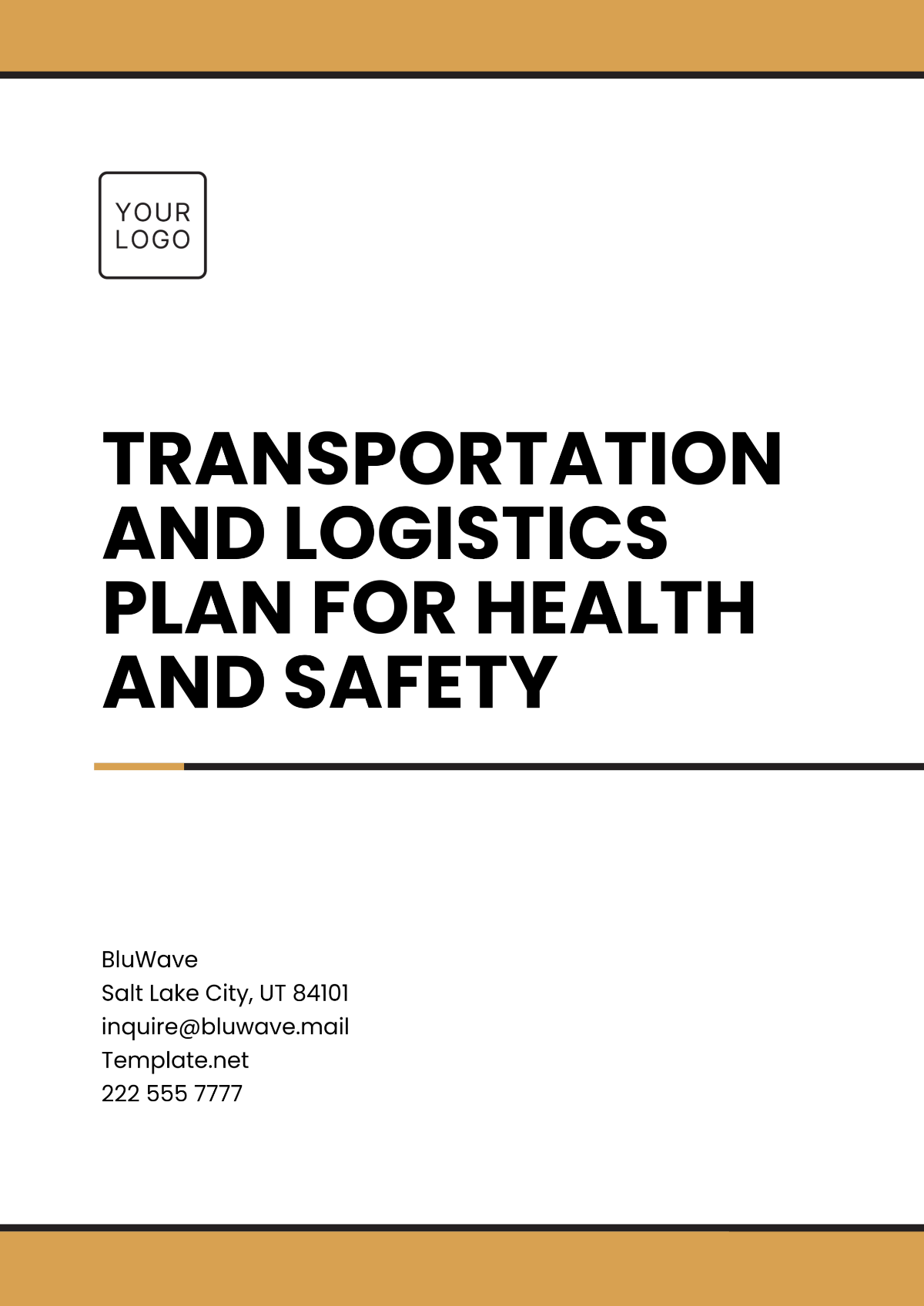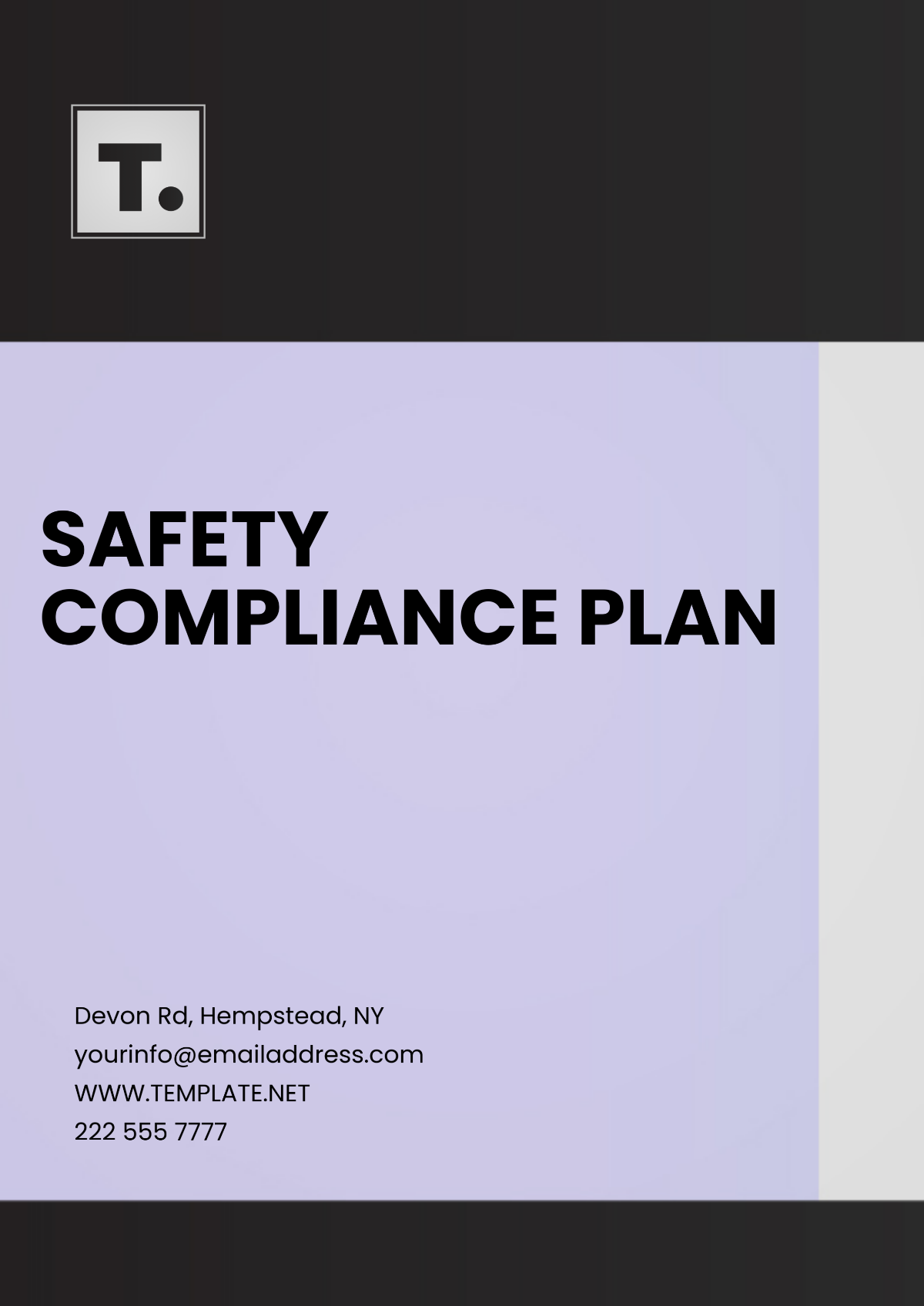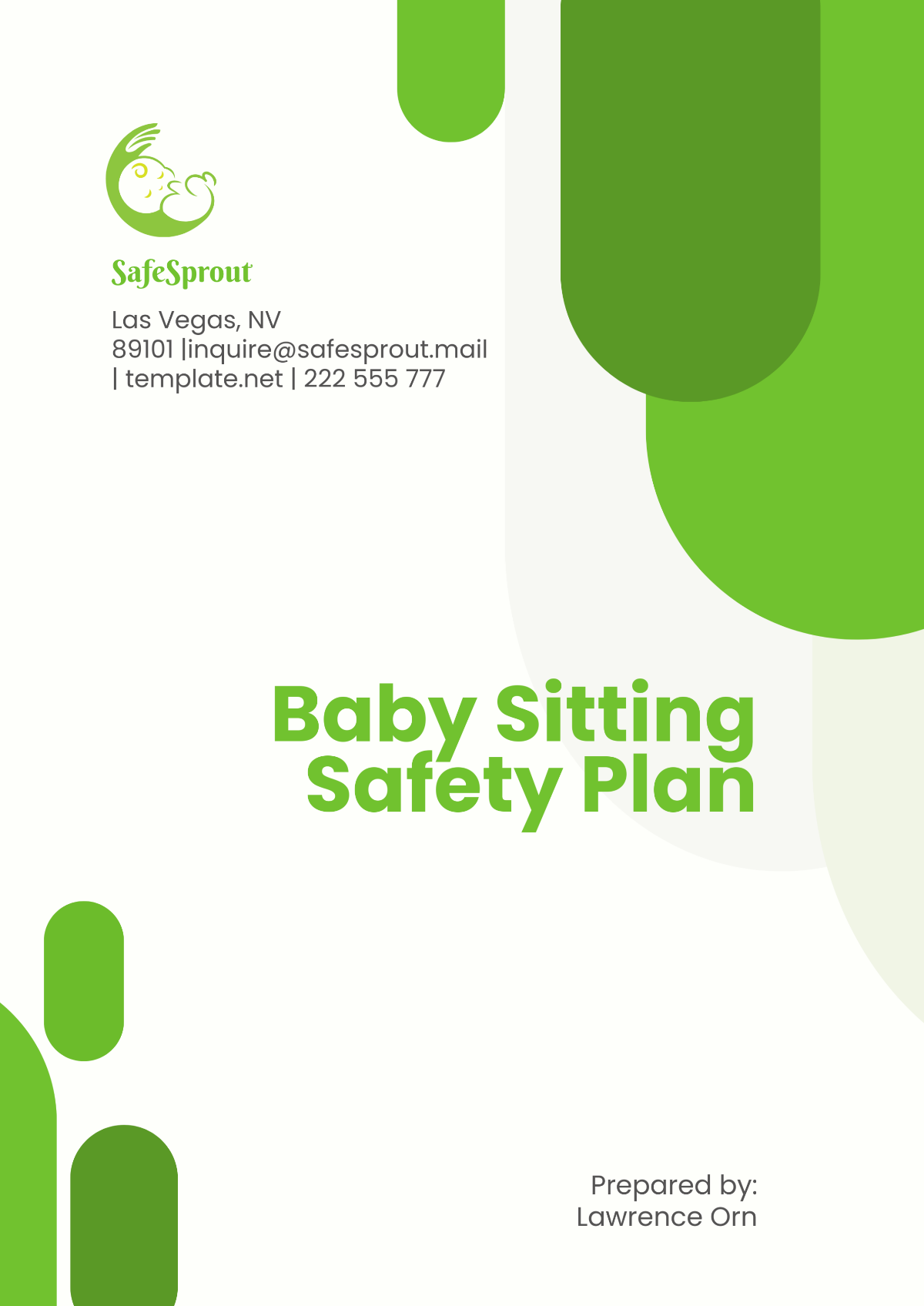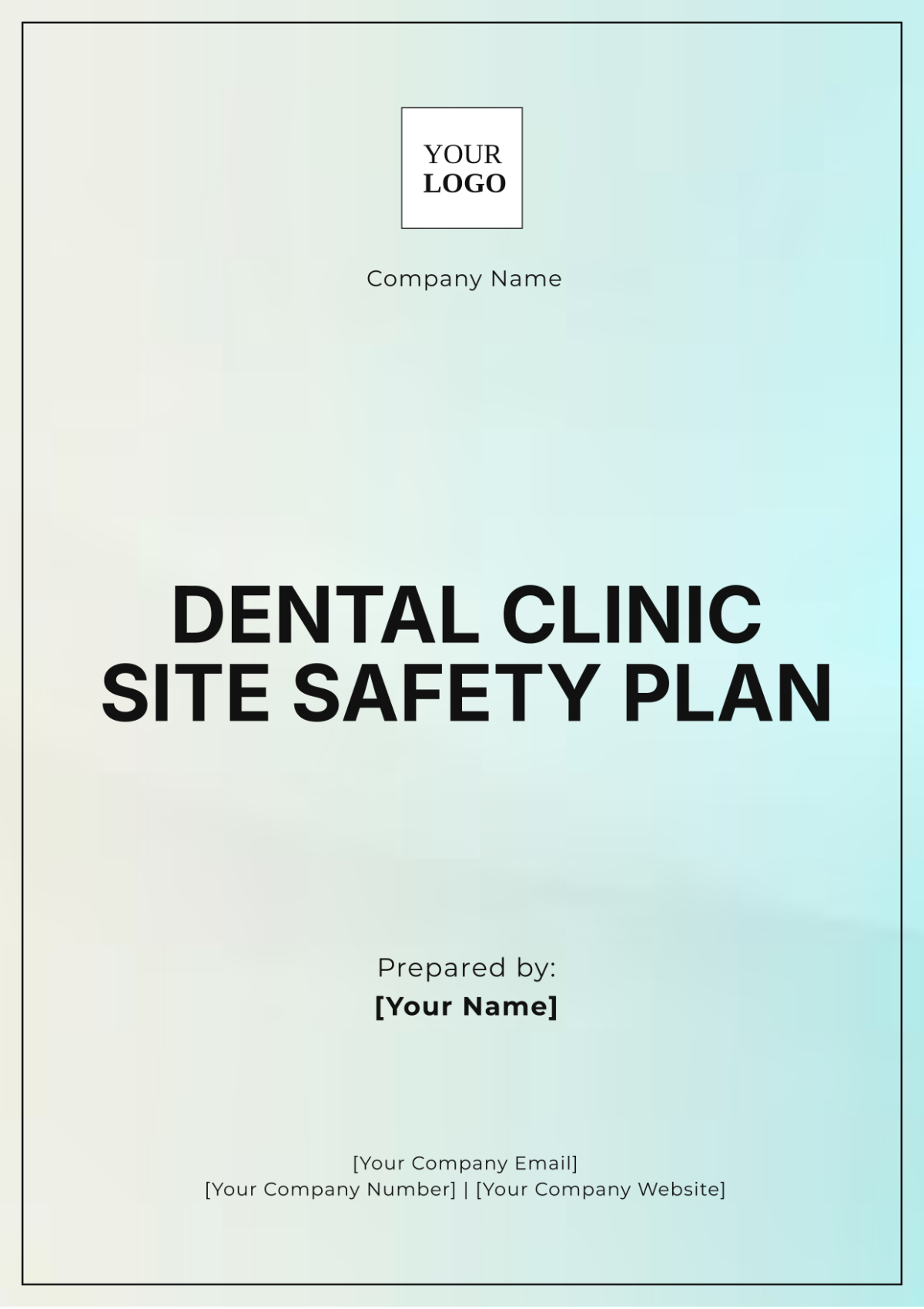Workplace Ergonomic Intervention Monitoring Plan
Introduction
In today's dynamic work environment, the importance of ergonomics cannot be overstated. Ergonomics, the science of designing the workplace to fit the user, is crucial for maintaining employee health, ensuring productivity, and fostering a positive work culture. Recognizing this, our Workplace Ergonomic Intervention Monitoring Plan is developed to address the multifaceted needs of our diverse workforce.
The plan's core objective is to identify, implement, and monitor effective ergonomic solutions tailored to our unique workplace environment. By focusing on a holistic approach that encompasses risk assessment, intervention strategies, technology integration, and continuous feedback, we aim to create a work environment that not only mitigates the risk of musculoskeletal disorders but also enhances overall employee well-being. This plan serves as a testament to our commitment to fostering a culture of health, safety, and productivity, which is integral to the long-term success of our organization.
Ergonomic Risk Assessment
Identification of Risk Factors
In this phase, our team conducts a thorough analysis of the workplace to identify common ergonomic risk factors. These factors often include prolonged sitting, improper desk setup, inadequate lighting, and repetitive strain. The assessment involves direct observation, employee interviews, and analysis of workplace injury reports.
Table 1: Identified Ergonomic Risk Factors
Risk Factor | Description | Workstation Examples |
Prolonged Sitting | Sitting for extended periods without breaks | Customer service desks |
Improper Desk Setup | Desks and chairs not adjusted to employee height | IT department workstations |
Inadequate Lighting | Poor lighting leading to eye strain | Design and drafting areas |
Repetitive Strain | Repetitive motions causing strain | Assembly line stations |
Employee Feedback Collection
Employee feedback is vital for a holistic ergonomic risk assessment. We distribute a comprehensive feedback form to gather insights into personal discomforts, suggestions for improvements, and specific areas of concern. This form is designed to be easy to understand and quick to complete, ensuring maximum participation.
Table 2: Employee Feedback Form Summary
Question Category | Key Questions | Purpose |
Workstation Comfort | Rate the comfort of your chair, desk, and computer setup | Identifying common discomforts |
Physical Strain | Describe any physical strain experienced during work hours | Pinpointing areas causing physical stress |
Environmental Factors | Rate the lighting, noise level, and air quality | Assessing the impact of environmental factors |
Ergonomic Intervention Strategies
Implementation of Ergonomic Solutions
After identifying the key risk factors, we propose specific ergonomic solutions. These include adjustable chairs to support proper posture, ergonomic keyboards to reduce wrist strain, and monitor stands to ensure eye-level screen positioning. Each solution is matched with the identified risk factors to ensure targeted intervention.
Table 3: Ergonomic Solutions Implementation
Ergonomic Solution | Targeted Risk Factor | Workstation Examples |
Adjustable Chairs | Prolonged Sitting, Improper Desk Setup | All workstations |
Ergonomic Keyboards | Repetitive Strain | Data entry and IT departments |
Monitor Stands | Improper Desk Setup, Inadequate Lighting | Graphic design and content creation teams |
Training and Awareness Programs
To maximize the effectiveness of the ergonomic interventions, we conduct training and awareness programs. These sessions cover the importance of ergonomics, proper use of ergonomic tools, and techniques for reducing physical strain. Regular workshops and refresher courses are scheduled to ensure ongoing awareness and adaptation to ergonomic best practices.
Table 4: Training Program Schedule
Training Topic | Description | Scheduled Dates |
Introduction to Ergonomics | Understanding the basics of ergonomics and its importance | March 5, July 14 |
Effective Use of Ergonomic Tools | Hands-on training on how to use ergonomic chairs, keyboards, and other tools | April 10, August 21 |
Techniques to Reduce Strain | Practical tips and exercises to minimize physical strain | May 15, September 11 |
Monitoring and Evaluation
Regular Assessment Procedures
The effectiveness of ergonomic interventions is continuously monitored through regular assessments. These assessments are conducted quarterly to evaluate the usage and effectiveness of ergonomic tools, employee compliance with training, and overall workstation ergonomics. The process involves a combination of direct observation, employee surveys, and workstation analysis.
Table 5: Ergonomic Assessment Schedule and Checklist
Assessment Component | Description | Frequency | Checklist Items |
Tool Usage Evaluation | Assess how frequently ergonomic tools are used and their condition | Quarterly | Tool condition, usage rate |
Training Compliance | Evaluate employee adherence to ergonomic training principles | Biannually | Posture, workstation setup |
Workstation Ergonomics | Review overall ergonomics of each workstation | Annually | Chair height, monitor position, desk organization |
Data Collection and Analysis
Data on the impact of ergonomic interventions are collected through a variety of methods, including employee surveys, health and safety incident reports, and direct observation. This data is analyzed to identify trends, areas for improvement, and the overall success of ergonomic interventions.
Table 6: Key Performance Indicators and Data Collection Timeline
Key Performance Indicator | Description | Data Collection Method | Collection Timeline |
Employee Comfort Levels | Employee-reported comfort at their workstation | Surveys | Monthly |
Incidence of Musculoskeletal Disorders | Frequency and severity of reported musculoskeletal issues | Health reports | Quarterly |
Employee Productivity | Changes in employee productivity levels | Performance metrics | Biannually |
Employee Health and Wellness Metrics
Health Impact Assessment
To measure the impact of ergonomic interventions on employee health, we conduct regular health impact assessments. These assessments aim to track changes in employee physical health, especially relating to musculoskeletal disorders, and overall well-being. The assessment includes analysis of health reports, employee self-assessments, and medical consultations.
Table 7: Health Metrics Pre and Post Intervention
Health Metric | Pre-Intervention | Post-Intervention | Improvement Indicator |
Reported Back Pain | 40% of employees | 20% of employees | 50% reduction |
Wrist Strain Incidents | 25 incidents per year | 10 incidents per year | 60% reduction |
Employee Wellness Scores | Average score: 6/10 | Average score: 8/10 | 33% improvement |
Wellness Program Integration
Our ergonomic interventions are integrated into the broader employee wellness programs. This integration ensures a holistic approach to employee health, emphasizing the importance of ergonomics in overall well-being. We also monitor how ergonomic improvements contribute to the success of these wellness programs.
Table 8: Wellness Programs and Ergonomic Components
Wellness Program | Ergonomic Component | Impact on Employee Health |
Physical Fitness Initiatives | Incorporation of ergonomic exercises | Reduced physical strain and improved posture |
Mental Health Awareness | Stress reduction through ergonomic workspaces | Lower stress levels and improved mental well-being |
Health Education Sessions | Education on the importance of ergonomics | Increased awareness and proactive health management |
Reporting and Feedback Mechanism
Reporting System
Our reporting system is designed to track and address ergonomic issues efficiently and effectively. Employees are encouraged to report any ergonomic concerns or suggestions through a dedicated online portal. This system ensures that feedback is documented, categorized, and addressed in a timely manner.
Table 9: Ergonomic Reporting Format and Elements
Reporting Element | Description | Example |
Issue Description | Detailed description of the ergonomic issue | "Chair adjustment lever is broken" |
Suggested Improvements | Employee suggestions for improvement | "Need footrests for tall desks" |
Priority Level | Urgency of the issue based on discomfort or risk | High, Medium, Low |
Feedback Loop Establishment
A feedback loop is established to ensure that employee input is not only collected but also acted upon. Regular meetings are held with department representatives to review feedback and track the status of interventions. This loop promotes transparency and encourages ongoing employee engagement in ergonomic practices.
Table 10: Feedback Collection and Response Strategy
Feedback Collection Period | Feedback Review Date | Response Strategy |
Quarterly | First week following the quarter | Evaluation of feedback, planning of interventions |
Biannually | Mid-year and year-end | Comprehensive review of feedback and long-term strategy adjustments |
Cost-Benefit Analysis
Financial Implications
The financial implications of ergonomic interventions are evaluated to ensure that the benefits outweigh the costs. This analysis includes the initial investment in ergonomic equipment, training costs, and any ongoing expenses. We also consider indirect costs such as potential savings from reduced absenteeism and healthcare costs.
Table 11: Budget Allocation and Expenditure
Ergonomic Solution | Initial Investment | Annual Maintenance | Estimated Savings |
Adjustable Chairs | $20,000 | $2,000 | $5,000 (reduced absenteeism) |
Ergonomic Keyboards | $10,000 | $1,000 | $3,000 (reduced healthcare costs) |
Training Programs | $5,000 | $500 | $2,000 (improved productivity) |
Return on Investment (ROI)
Calculating the ROI of ergonomic interventions involves assessing the tangible and intangible benefits. Tangible benefits include reduced healthcare costs and increased productivity, while intangible benefits encompass improved employee morale and job satisfaction. The ROI is calculated over a defined period to gauge the long-term impact of these interventions.
Table 12: ROI Calculation Method and Metrics
Metric | Description | Calculation Method |
Healthcare Cost Reduction | Decrease in healthcare costs due to fewer ergonomic-related injuries | Previous year costs vs current year costs |
Productivity Increase | Improvement in productivity levels | Performance metrics pre and post-intervention |
Employee Satisfaction | Enhanced job satisfaction and morale | Employee satisfaction survey scores |
Technology and Innovation
Ergonomic Technology Integration
Innovation in technology plays a crucial role in enhancing ergonomic solutions in the workplace. We integrate advanced tools such as sit-stand desks, software for posture correction alerts, and ergonomic assessment apps. These technologies not only improve individual workstations but also contribute to a culture of health and safety.
Table 13: Technological Tools and Ergonomic Applications
Technological Tool | Ergonomic Application | Impact on Workstation Ergonomics |
Sit-Stand Desks | Allows dynamic working positions | Reduces risks associated with prolonged sitting |
Posture Correction Software | Monitors and alerts about incorrect posture | Promotes awareness and correction of posture |
Ergonomic Assessment Apps | Facilitates self-assessment of workstation ergonomics | Empowers employees to optimize their own workspaces |
Future Trends and Innovations
Our plan stays abreast of future trends and innovations in ergonomics. This includes monitoring developments in wearable ergonomic devices, AI-driven ergonomic analysis tools, and virtual reality for ergonomic training. By staying ahead of these trends, we can adapt and integrate new solutions that further enhance workplace ergonomics.
Table 14: Forecast of Emerging Ergonomic Technologies
Innovation | Description | Potential Impact |
Wearable Ergonomic Devices | Devices that track and advise on movement and posture | Personalized ergonomic feedback and improved health outcomes |
AI-Driven Ergonomic Analysis | Artificial intelligence tools for analyzing workplace ergonomics | Enhanced precision in identifying and addressing ergonomic risks |
Virtual Reality Training | Use of VR for immersive ergonomic training experiences | Engaging and effective training leading to better compliance |
Policy Development and Governance
Ergonomic Policy Framework
The development of a comprehensive ergonomic policy is central to our approach. This policy outlines the standards, procedures, and responsibilities related to ergonomic practices in the workplace. It serves as a guiding document to ensure consistency and commitment to ergonomics across the organization.
Table 15: Key Components of the Ergonomic Policy
Policy Component | Description |
Ergonomic Standards | Defines the minimum ergonomic standards for workstations |
Roles and Responsibilities | Outlines the responsibilities of employees, managers, and the health and safety team |
Compliance and Enforcement | Details the process for ensuring adherence to ergonomic practices |
Governance and Compliance
To ensure effective governance and compliance with ergonomic standards, a multi-tiered approach is employed. This includes regular audits, training sessions on policy awareness, and a system for reporting non-compliance. The governance structure involves key stakeholders from different departments to ensure a holistic implementation of ergonomic practices.
Table 16: Compliance Checklist and Governance Structure
Compliance Item | Governance Role | Frequency |
Ergonomic Audits | Conducted by Health and Safety Team | Biannually |
Policy Awareness Training | Managed by HR Department | Annually |
Non-Compliance Reporting | Employee-led, monitored by Department Heads | Ongoing |
Conclusion
The Workplace Ergonomic Intervention Monitoring Plan stands as a comprehensive framework designed to transform our workplace into an ergonomically optimized environment. Through the diligent implementation of this plan, we expect to see significant improvements in employee health, a reduction in work-related injuries, and an increase in overall productivity.
This plan is not just a set of guidelines; it's a commitment to continuous improvement and adaptation in response to evolving workplace needs and technological advancements. We believe that by prioritizing the ergonomic well-being of our employees, we are investing in the most valuable asset of our organization – our people. Going forward, we will regularly review and update our strategies to stay aligned with the latest ergonomic research and innovations, ensuring our workplace remains a healthy, productive, and inclusive space for all employees.



